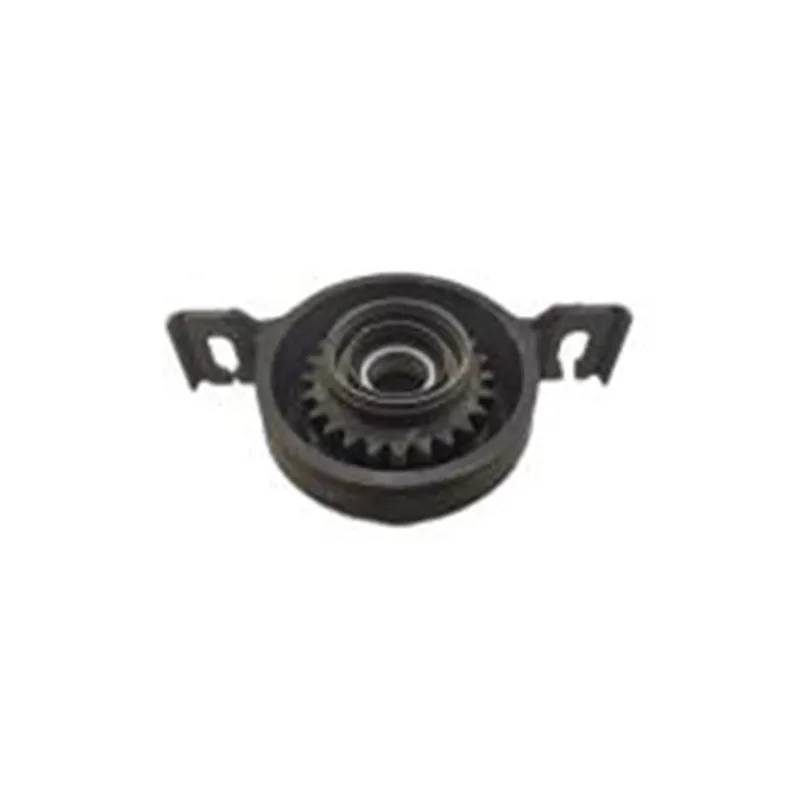control arm types
Understanding the various types of control arms is essential for anyone delving into vehicle mechanics or looking to enhance the performance and safety of their automobile. Control arms, an integral component of the suspension system, act as the connection point between the vehicle’s frame and the wheels. Their primary function is to provide steering stability while absorbing vibrations, ensuring a smoother ride.

One of the most common types of control arms is the A-arm, often referred to as the wishbone due to its 'A' or 'V' shape. This type is prevalent in both front and rear suspensions due to its design, which allows for individual wheel movement—a critical feature in navigating uneven terrain. Their robust construction and adaptability make them ideal for vehicles requiring precision handling and increased durability.
Multi-link suspension systems contain another variety of control arms widely used in modern vehicles. These systems can include as many as five links per wheel, offering unparalleled flexibility and traction. They are particularly favored in luxury and sports cars, where handling precision and ride comfort are paramount. Multi-link control arms distribute forces across several points, which not only enhances the vehicle's ability to cope with road irregularities but also prolongs tire life by minimizing wear patterns.

A different variant, the trailing arm, primarily found in rear suspensions, attaches to the vehicle's axle and mounts to the chassis towards the front. This design allows the wheel to move up and down in a controlled arc, effectively absorbing road impacts and maintaining tire alignment. Trailing arms are particularly beneficial in vehicles that prioritize off-road capabilities or require a robust suspension capable of withstanding heavy loads.
control arm types
For vehicles seeking to achieve a balance between performance and comfort, dual control arms, or double wishbone systems, present a viable solution. They involve two control arms positioned in parallel, providing a high degree of control over the wheel. This enhances handling by supporting greater camber gain—the alignment angle relative to the ground—thus maintaining optimal contact with the road even during aggressive maneuvers.
MacPherson strut systems, incorporating a simpler form of control arm paired with a strut and coil spring, are often seen in the front suspensions of compact and mid-size cars. This system offers a cost-effective balance between handling and ride comfort while maximizing engine bay space. However, they may lack the adjustability and performance edge provided by more sophisticated multi-link setups.
Choosing the right type of control arm depends on various factors, including the vehicle's purpose, desired ride quality, and performance characteristics. Automotive enthusiasts and professionals seeking to upgrade their vehicle’s suspension must consider these aspects, as well as the material and build quality of the control arms, to optimize their performance investments.
In essence, each control arm type provides unique benefits and potential drawbacks, making their selection a crucial element in vehicle maintenance and performance enhancement. Those in pursuit of expert advice or installation services should engage with reputable automotive specialists. This ensures informed decisions based on technical expertise, authoritative insights, and trusted practices, ultimately aligning with both the driver’s expectations and the vehicle’s specific needs.









